For Christmas this past year, I received a gift certificate to the Northstar Wine Blending Experience!
It’s an experience where you create your own bottle of red blend from wine varietals made with their grapes! I’ve always wanted to do this! You’ve seen all sorts of red blends from different wineries before. They can be a blend of just two wine varieties such as a combination of Malbec and Syrah or a blend of multiple varieties like a blend of Cabernet, Merlot, Petit Verdot, and Cabernet Franc. You may even see a white variety in the mix of red blends. And of course, there are also white blends.
Creating a red blend mirrors the process of refining and personalizing a recipe according to your unique palate preferences. In this case, I had just the one day to do it.
Northstar Winery
Northstar Winery was established in Washington State in the early 1990s. They source grapes from all over the state. Here’s a quick video about them narrated by their winemaker David “Merf” Merfeld. He believes that Merlot grows best in their state and is one of the best-growing regions in the world.
The elephant in the room: what happened to the popularity of Merlot?
The movie Sideways hurt the popularity of Merlot due to a specific scene where one of the characters, Miles (Paul Giamatti) expresses strong disdain for the wine (If anyone orders Merlot, I’m leaving. I am not drinking any f***ing Merlot.”), causing viewers to associate Merlot with a lack of sophistication. Of course, Pinot Noir became very popular. But ironically, in a scene at the end of the movie, Miles is drinking his coveted 1961 Chateau Cheval Blanc from Saint-Émilion, Bordeaux, France, which is a blend of Merlot, Cabernet Sauvignon, Cabernet Franc, Malbec and Petit Verdot. Personally, I love Merlot! I always have. It’s much softer than Cabernet Sauvignon and also fruit-forward.
Areas renowned for Merlot
Merlot does very well in Bordeaux, France, Washington State, Napa Valley and Sonoma County in California and the Chilian Central Valley.
In Washington, a bottle must be 75% Merlot to be labeled as a Merlot. It may have other varietals in it as well.
The Tasting Experience
We began our experience in the vineyard (on one of the very coldest days in January). Needless to say, there were no grapes on the vine. Everything was dormant but still beautiful. Because it was so cold, we were the only ones participating in the tasting experience that day!
Once we came inside, we toured the winery, checking out the stainless steel tanks, the concrete eggs and the barrels.
The concrete eggs are so interesting and add another depth of character to the wines.
The we headed to the blending experience lab. Northstar Winery specializes predominately in world-class Merlots so our blends would probably be Merlot-heavy (which would be a right-bank Bordeaux blend).
For their blending experience, they offer 4 different AVA (American Viticulture Areas) sources of Merlot (Columbia Valley, Walla Walla, Horse Heaven Hills and Red Mountain), a Cabernet Sauvignon and a Petite Verdot. Each wine was in a barrel in the Blending Experience Lab. Note that the Petit Verdot on the end was malfunctioning so we had to add our P.V. from a bottle of prepoured wine.
Much like my chemistry classes in high school and college, we used beakers, graduated cylinders, notes and UNLIKE my chemistry classes, wine glasses.
We added each of the wines we wanted to taste into a cylinder and then poured them into a wine glass.
We tasted each of the wines separately and took notes about what we liked (and didn’t like) about each of them. I THOUGHT I was going to lean towards the Red Mountain AVA Merlot because they have had such acclaim but I was surprised that I liked the Merlot whose grapes came from The Columbia Valley the best. I went back and tasted a couple of the Merlots again. it’s important to not take any pre-conceived ideas into the experience.
During the experience, Jan (pronounced Yawn; he’s from Norway) shared the history of Northstar, a bit about each AVA, a bit about how the nose and mouth interact to “taste” a wine and a bit about the history of Washington State wines. (I keep saying that if you’re a wine enthusiast, you need to get over there to the Walla Walla area before it becomes a crowded Napa experience!)
Once we tasted through all the wines, we had to decide how much of each of the wines we would place in our final bottle. It’s a personal decision. I will say that it was helpful to have known a bit about Bordeaux blends and the percentages of the varietals they usually contain. I knew that I didn’t want a Petit Verdot heavy wine, because that’s not really a thing and for this blend, I didn’t want predominately Cabernet Sauvignon. But that’s where the uniqueness of each bottle comes in.
They provide a booklet so that you can make notes of what you have tasted and what you have decided your final blend will be. They also have a calculations chart, thank heavens! Once you have added everything to your beaker, it all gets poured into a bottle and then it is corked and labeled!
Ultimately, my wine was a blend of 80% Merlot (60% from Columbia Valley and 20% from Red Mountain), 15% Cabernet Sauvignon, and 5% Petite Verdot. Even the labels are custom! Because my experience was a Christmas gift, my blend was called Merry Christmas Merlot.
I thought it was a wonderful and very fun experience. Considering the time and the bottle of wine that we got to bring home, it was well worth the price of $65.00. We’ll be aging our bottles for about a year. I can’t wait to taste the finished product!
Have you tried a red wine blending experience? Would this be something that you’d like to try? Leave me a comment!
LEARN TO LOVE YOUR LIFE AGAIN
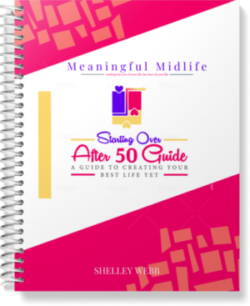 Do you feel like you need to hit the REFRESH button on your life? Download our free guide and begin to create your best life yet!
Do you feel like you need to hit the REFRESH button on your life? Download our free guide and begin to create your best life yet!
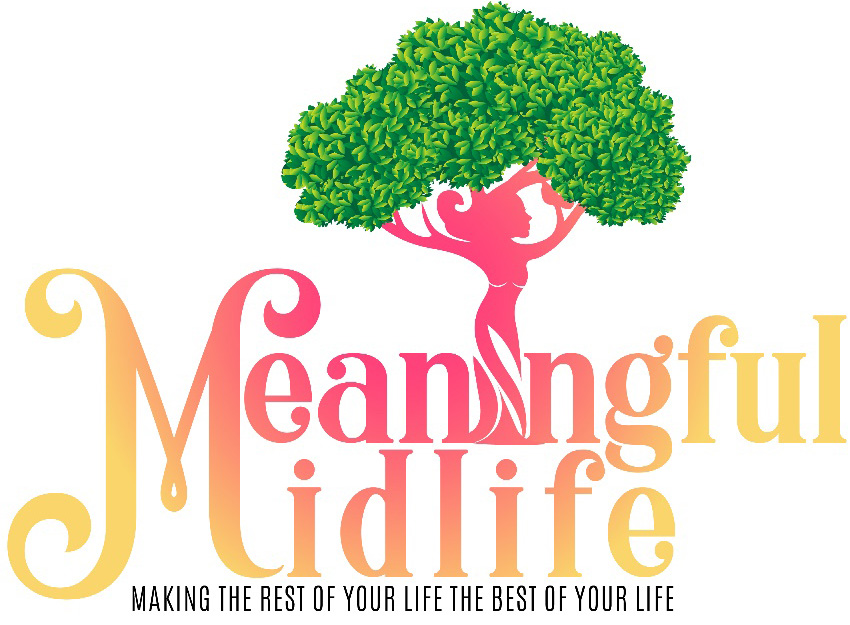
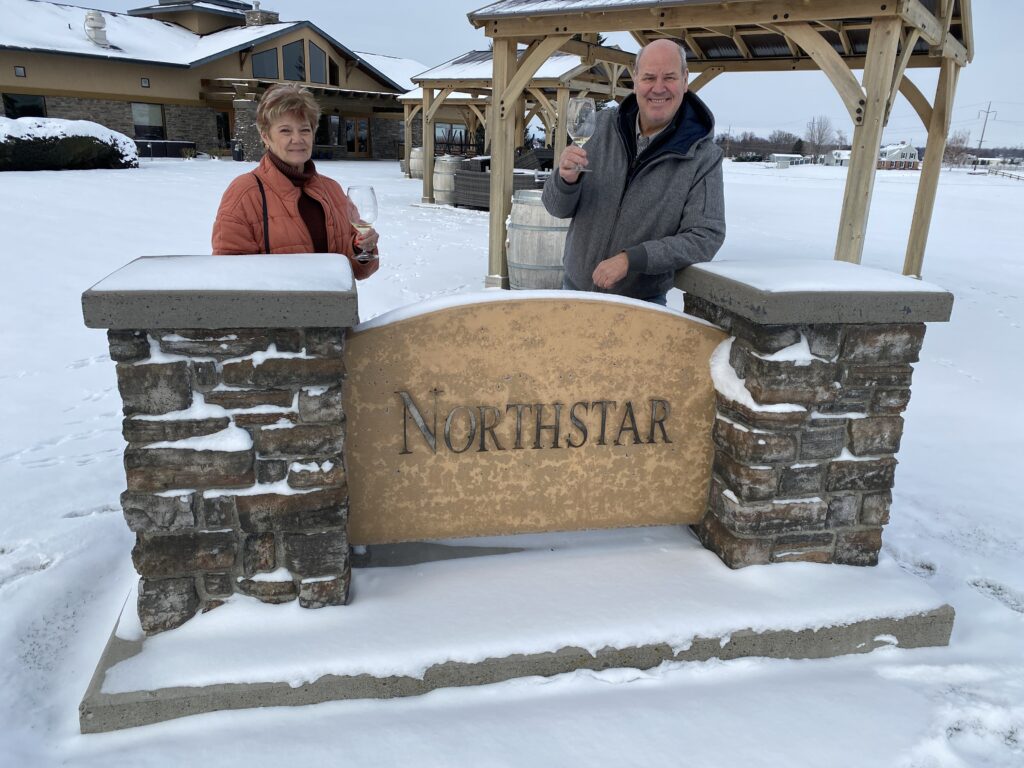
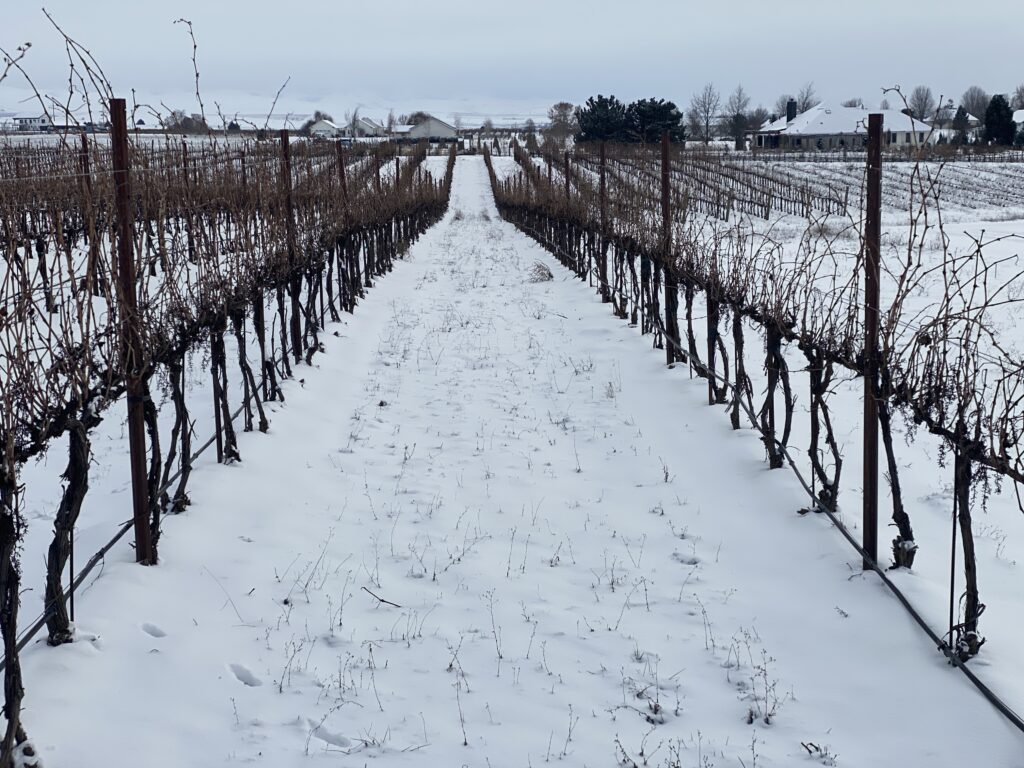
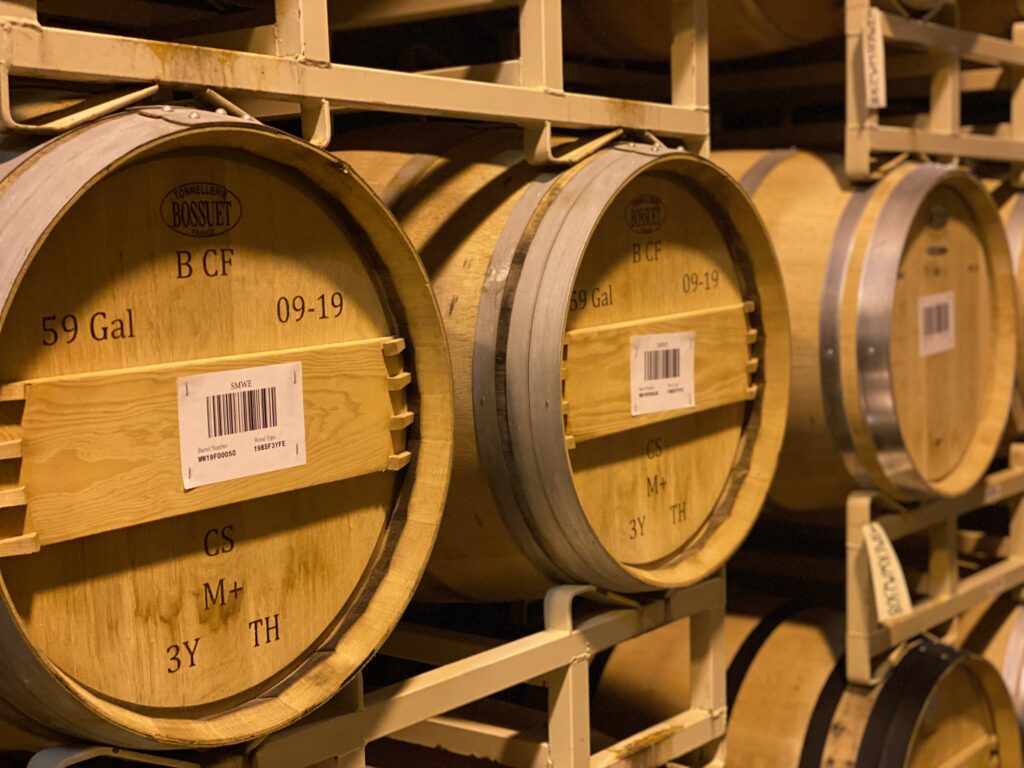
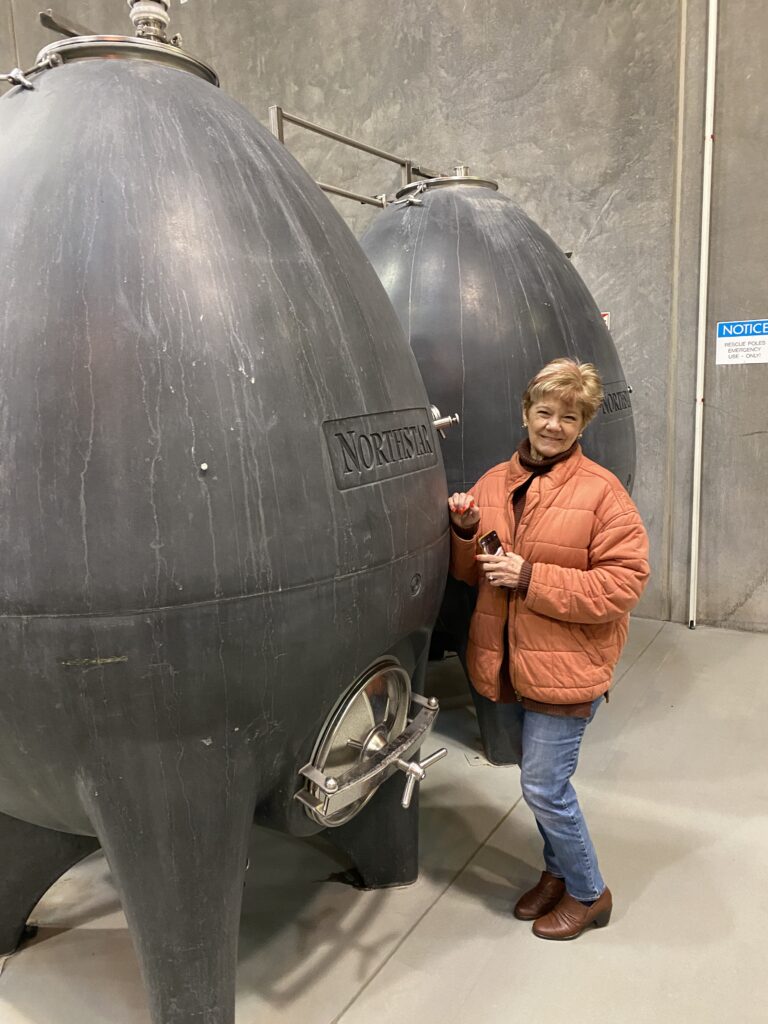
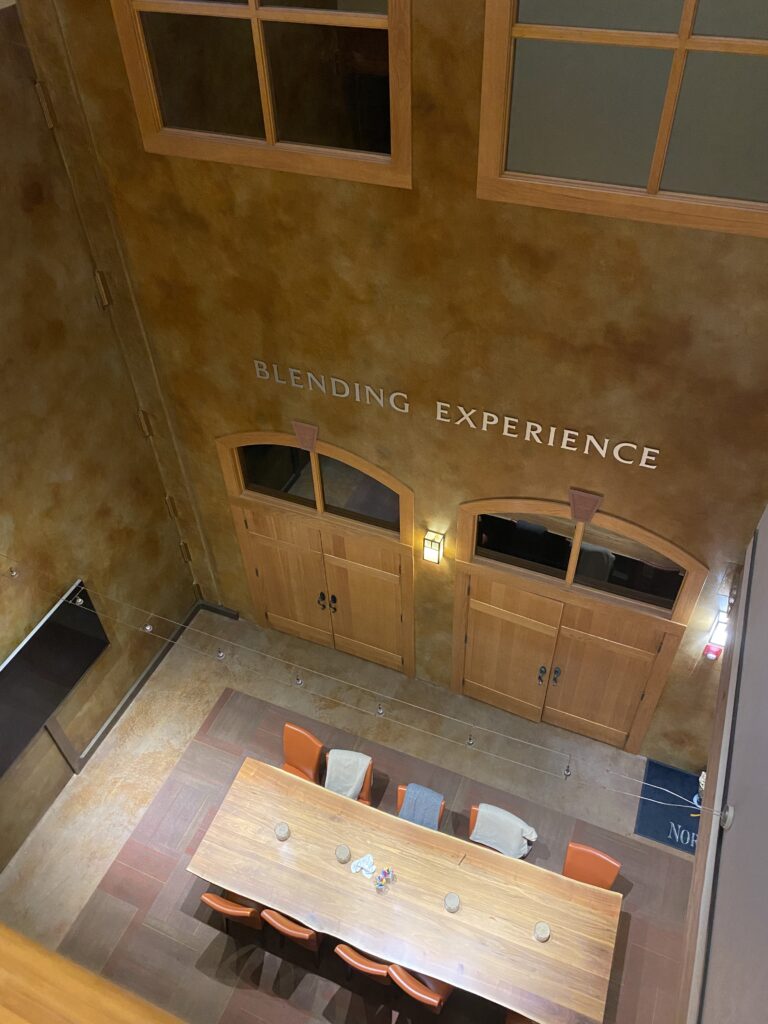
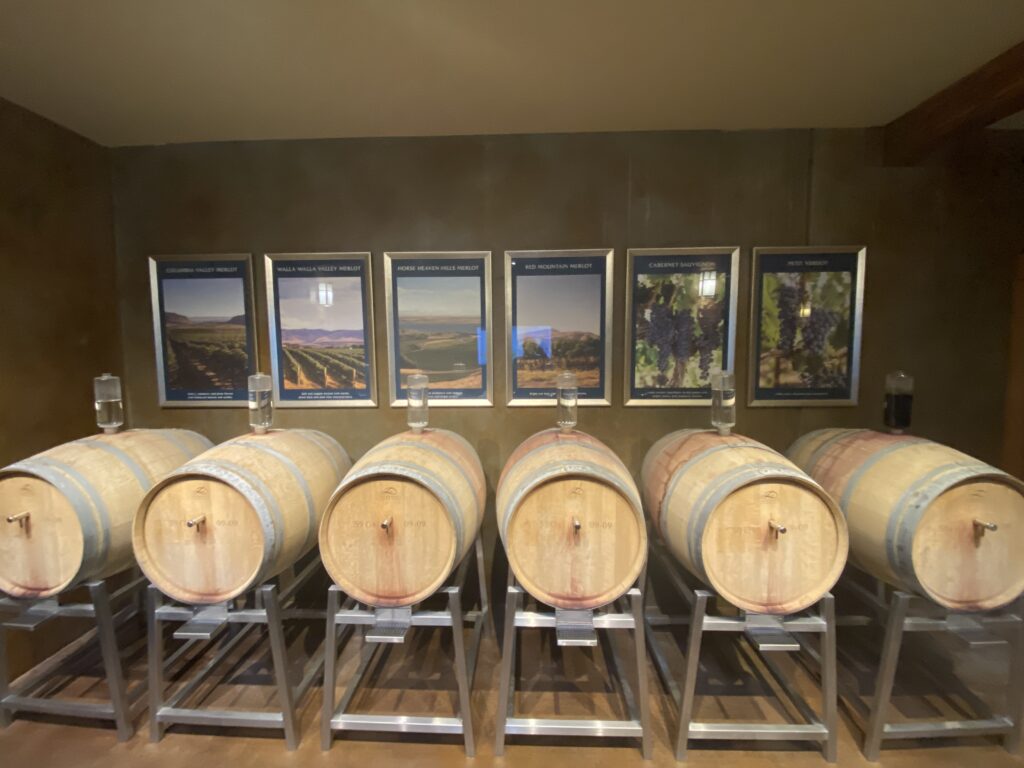
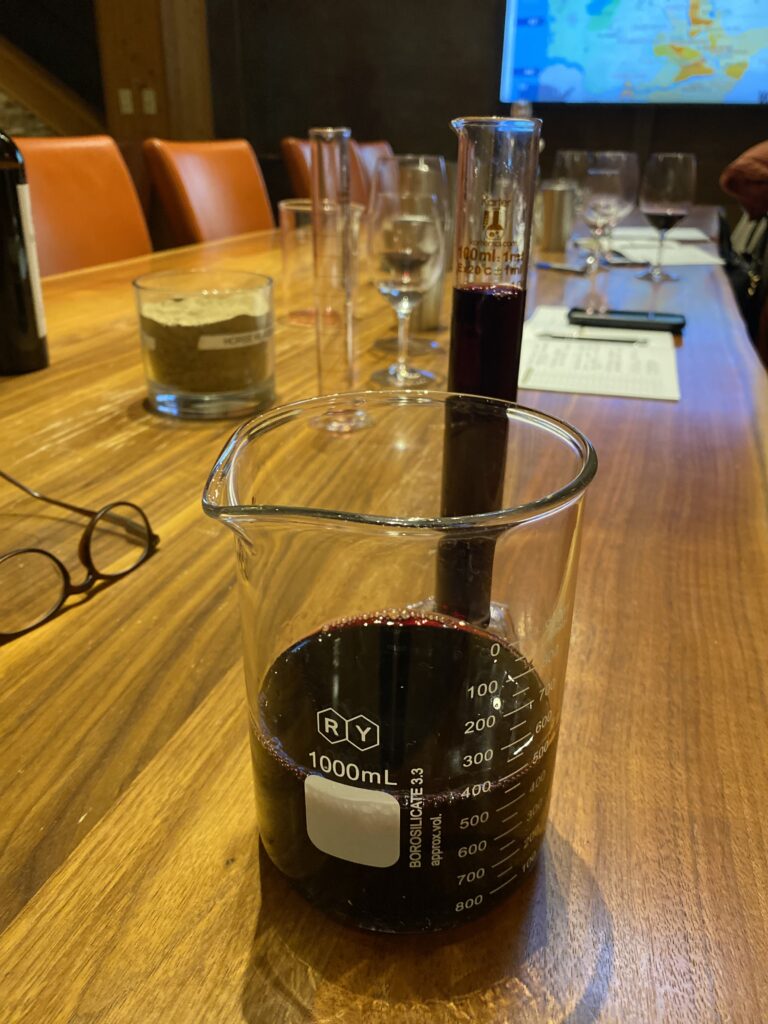


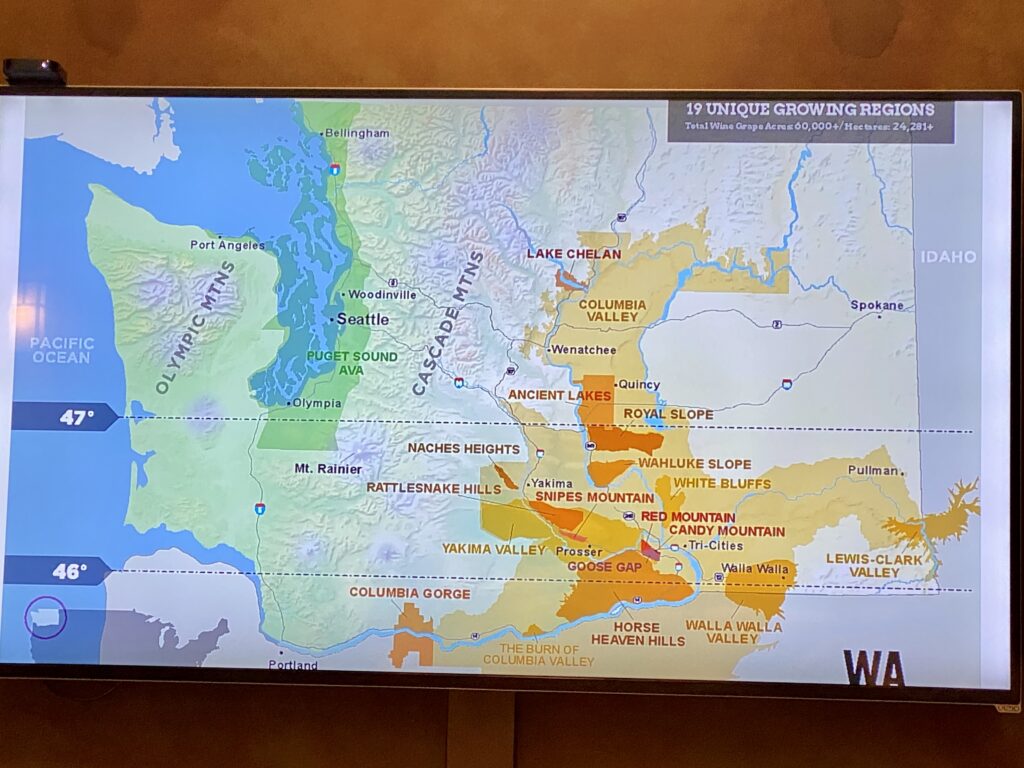
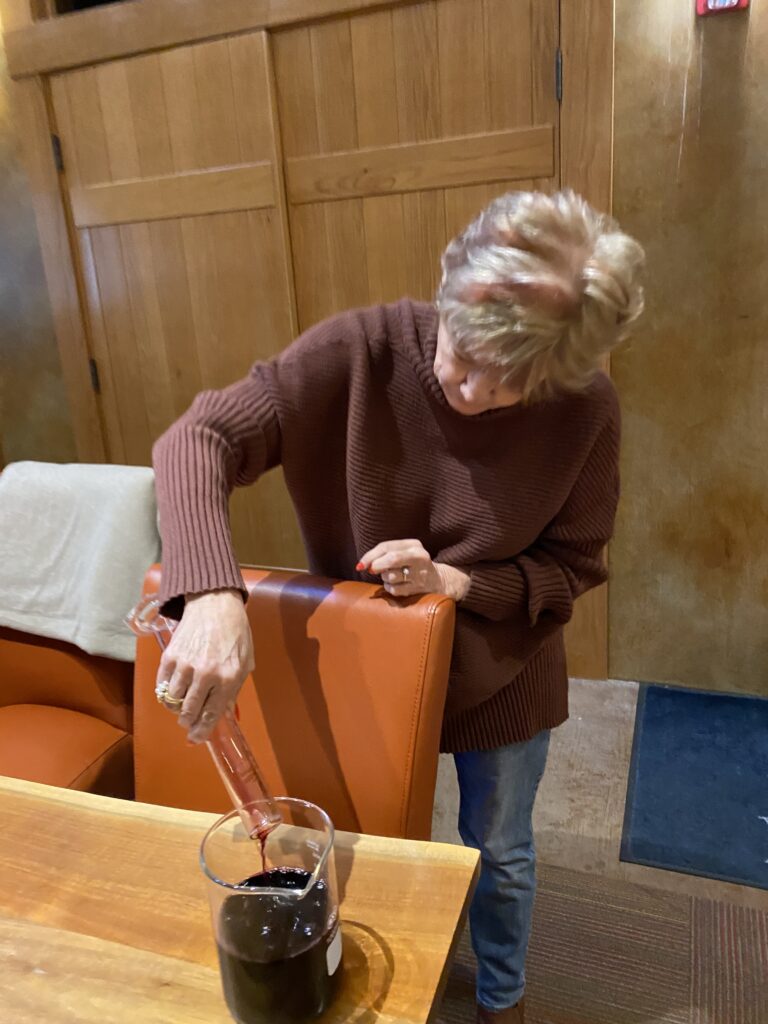
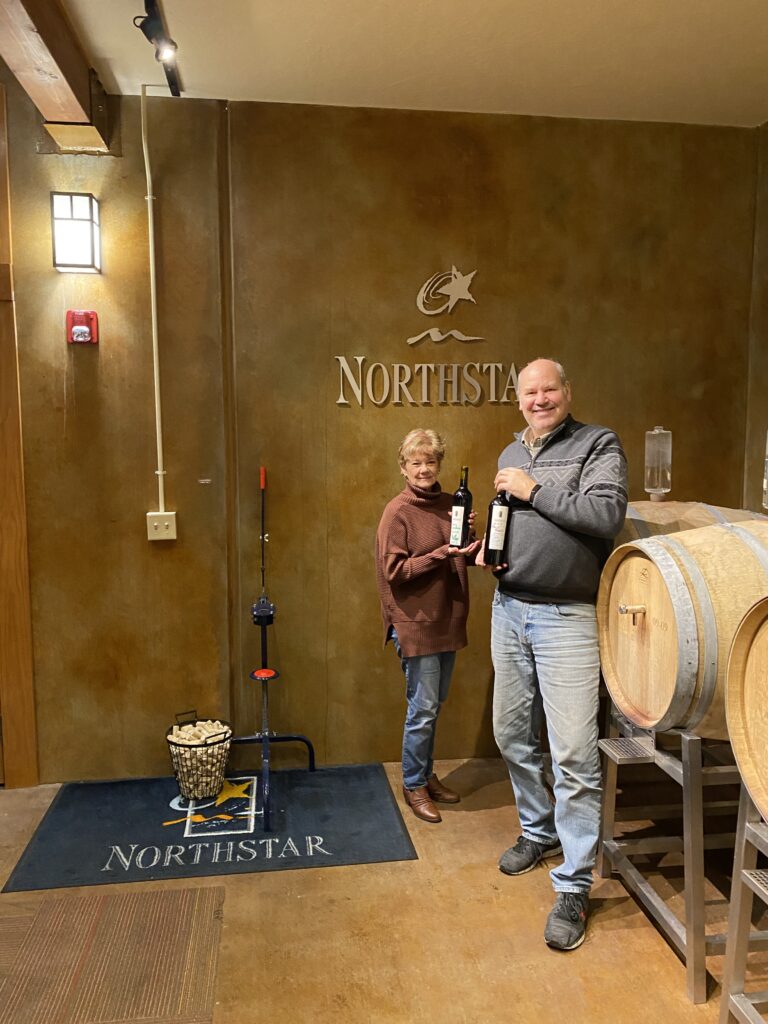
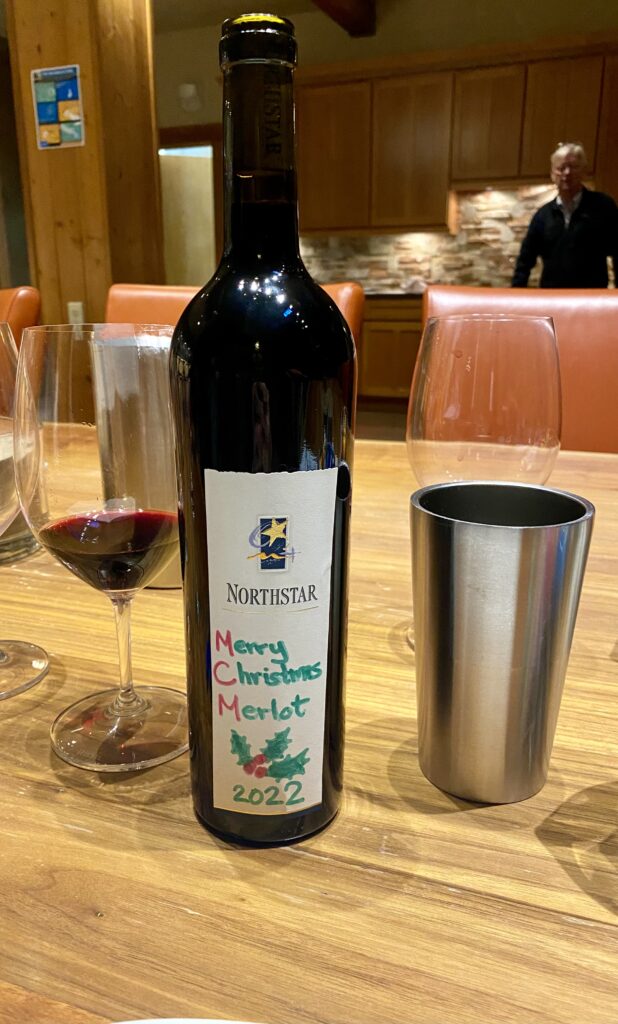

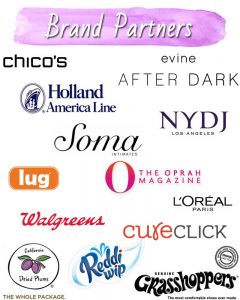
Trackbacks/Pingbacks